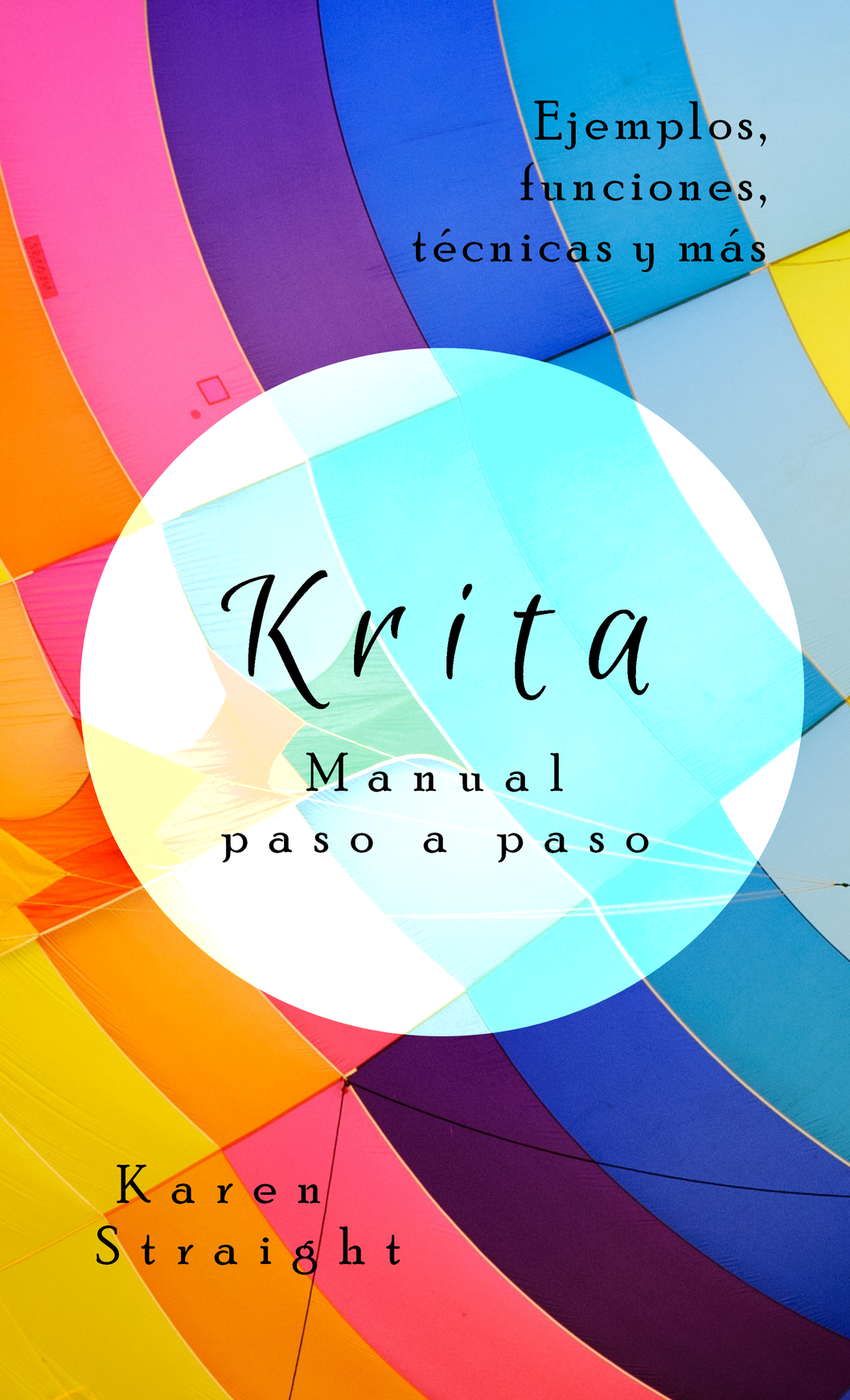

The default Add Noise settings aren’t going to do the job for usīy default, the filter is set to add 12.5% color noise in a Uniform pattern, but this looks pretty unrealistic. Photoshop will open the New Layer dialog box, giving you a chance to customize the settings. You can also use the keyboard shortcut Command + Shift + N (use Ctrl + Shift + N on a PC). Open the Layer menu, select the New submenu, and click Layer. This gives you a greater degree of control and flexibility and it leaves your original pixel data untouched in case you want to adjust or even remove the effect later on. This process works better when it’s applied to a new layer instead of working directly on your image. But if you’re new to Photoshop or you want a more detailed explanation of the process, read on! The Detailed Guide to Add Grain In Photoshop Step 1: Create Your Grain Layer If you’re already comfortable working in Photoshop, that’s probably all you need to get started. That’s a quick explanation, but it covers the basics. Step 5: Adjust layer Opacity and Blending Mode as needed.Step 4: Apply the Gaussian Blur filter.Step 1: Create a new layer with the Overlay blending mode, filled with 50% neutral gray.If you just need a refresher course on the basic idea, here’s how it works. The Quick Guide to Add Grain in Photoshop

The Detailed Guide to Add Grain In Photoshop.The Quick Guide to Add Grain in Photoshop.The illustration below shows the same thing for 0 to 50 detected photons, increasing in steps of 10. Negative values have been set to zero (also in the image that follows) for the rows with Gaussian noise, emulating the effect that a typical detector does not produce negative values. The fourth row shows the mistake that must be avoided, which is using Gaussian noise with a fixed variance. \Īdapting the variance makes the Gaussian noise very close to the Poisson noise, except for the darkest squares. The variance of the Gaussian noise can be adapted to the pixel values using the relation In the third row, Gaussian noise has been added, with the variance adapted to the pixel values, as an approximation of Poisson noise. In the second row, Poisson noise has been applied. All the pixels in a square have the same value. The first row of the image shows squares with an increasing photon count, from 0 to 5 increasing in steps of 1 (admittedly very low signal levels, but an example with higher values follows). Poisson and Gaussian noise, pixel values 0 to 5 This adds noise that is too strong in the darker parts of the image. There is the risk is that you use the common knowledge that Poisson noise approaches Gaussian noise for large numbers, and then simply add Gaussian noise with a fixed variance to the original image. Gaussian noise is independent of the original intensities in the image. This means that Poisson noise is correlated with the intensity of each pixel. When you apply Poisson noise, on the other hand, you take the original image and ask the question “what would these individual pixels intensities be if they were produced by a Poisson process?”. Gaussian noise is typically generated separately and independently from the original image and then added to it (hence, additive noise). An application of this could be a simulation where you want to add noise to an image, and you known that this noise is Poisson distributed in the system that you are simulating. I will be looking at this from the image processing perspective in this article, and I’ll show purely visual examples. In practice, people often talk about adding Poisson noise anyway, but this is not accurate. There is a fundamental difference between adding Gaussian noise and applying Poisson noise.


 0 kommentar(er)
0 kommentar(er)
